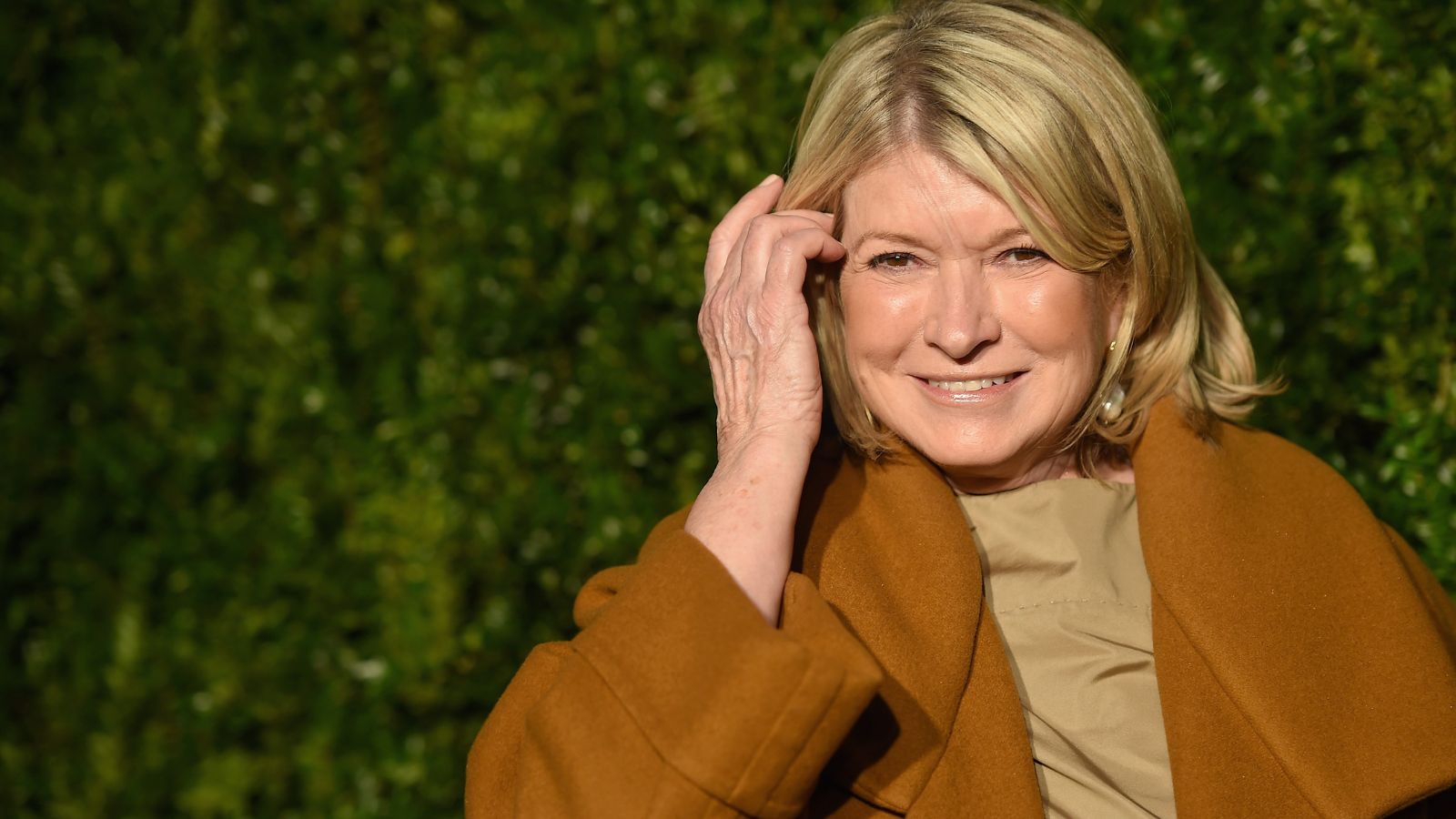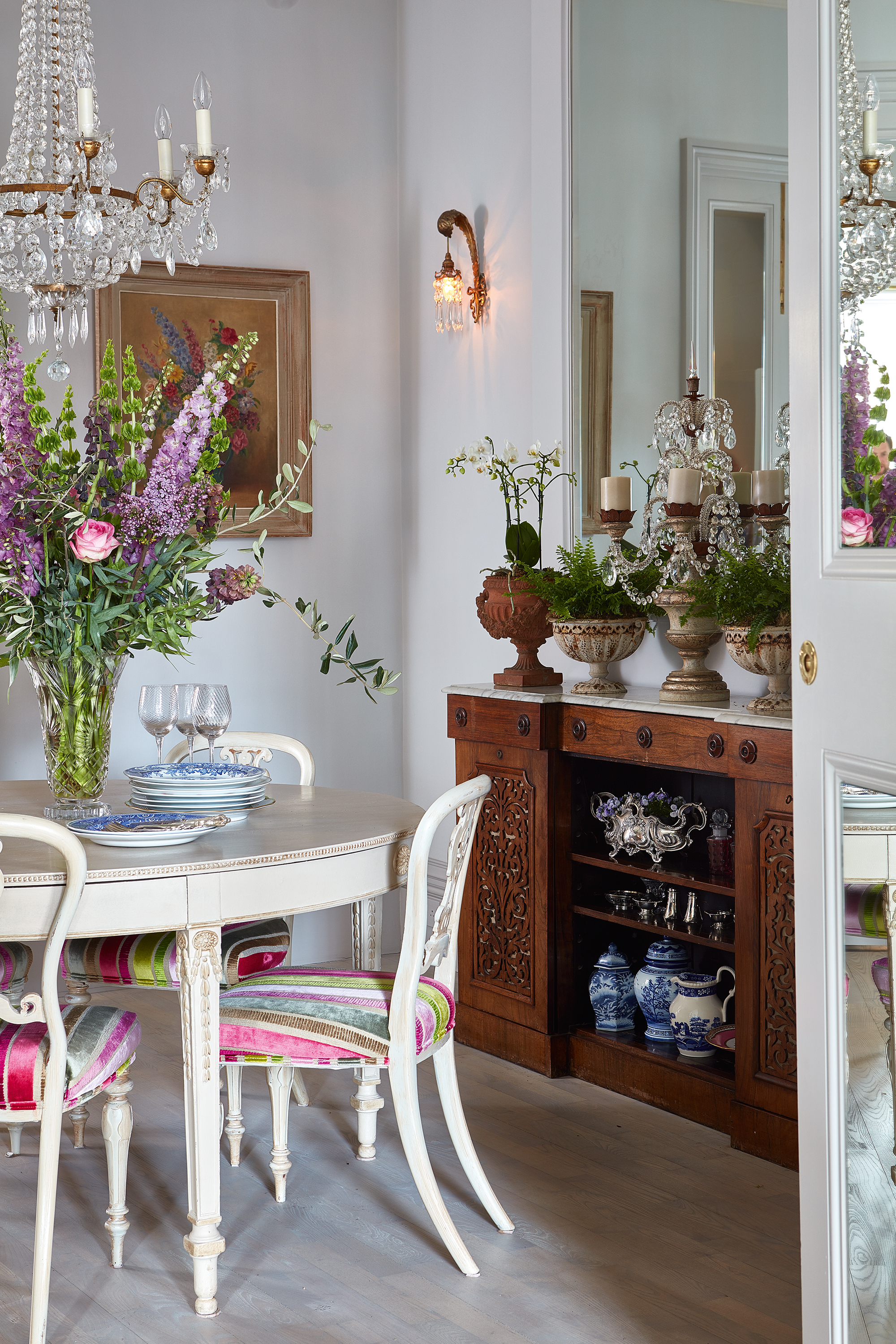
Adding antique pieces to the home is a sustainable way to infuse a space with some unique charm – not to mention, hunting for vintage homewares is one of our favorite pastimes. The caveat of introducing used pieces into the home is there may be different care and maintenance required as opposed to brand-new items. However, if a piece is special, it's totally worth it.
Take Martha Stewart's antique lamps, for example. The home expert recently shared a snap of two vintage light fixtures in her Maine estate, Skylands, and she generously shared how she transformed the pieces into the sharp green and black we see on her Instagram page.
'Two green porcelain lamps-not antique and not very "good" but shapely, needed refurbishment, so I rushed to town to buy black paint... I bought two types, a gloss enamel and a semi-gloss black,' she captioned the post. 'Matt removed the bases and the hardware, and within a few minutes, I had painted over the green. By morning, the lamps were dry and reassembled.'
According to experts, restoring and preserving antique homewares is a process that requires plenty of thoughtful consideration and research, with any given piece likely needing different kinds of attention.
'The method of restoration is largely determined by the material of which an object is made,' says fine art and antique appraiser Lindsay Owen. 'As different materials age, there are material-specific conditions that arise. For example, objects made of wood may have shrinkage splits or abrasions from use, while functional ceramic pieces are prone to chips and cracks.
She continues, 'Over-restoration can diminish the value of most pieces. However, if there is a functional object, such as a lamp, upgrading components, such as old wiring, is often required for practical and safety reasons. The amount of restoration can be a balancing act, but the overall goal should not be to make the piece look pristine or brand new, but rather that it has been well-cared for its entire life.'
Martha showed how painting an antique can completely transform its appearance, making it look tidy while still maintaining its historical charm. Owen says for those considering painting an antique, there are a couple of considerations to keep in mind with regard to their overall value.

'The biggest consideration to keep in mind when painting a vintage item is that you know what you are painting,' she says. 'Painting some types of pieces would be absolutely devastating to the value. While that may not be the end all to be all, it's better to have the piece properly identified so that you can make informed decisions.'
Finally, Owen suggests paying close attention to how antique pieces are cleaned – including the products used to clean them.
'After years of seeing damage caused by improper care and maintenance, I would highly advise that you make sure that the cleaning products that are used are appropriate for the piece,' Owen says. 'Some types of cleaners may bleach surfaces, some types will cause waxy build-up, and some might strip a finish. When in doubt – dry dusting gets you pretty far. Additionally, professional restorers are excellent resources for identifying specific products to use.'
We love how antique furnishings and accessories can transform a space, and highly encourage those who want to add some visual interest to their spaces look to secondhand stores for inspiration. However, knowledge is key – make sure that there is an awareness around the antiques' composition, so that care and maitenance can be followed accordingly.







